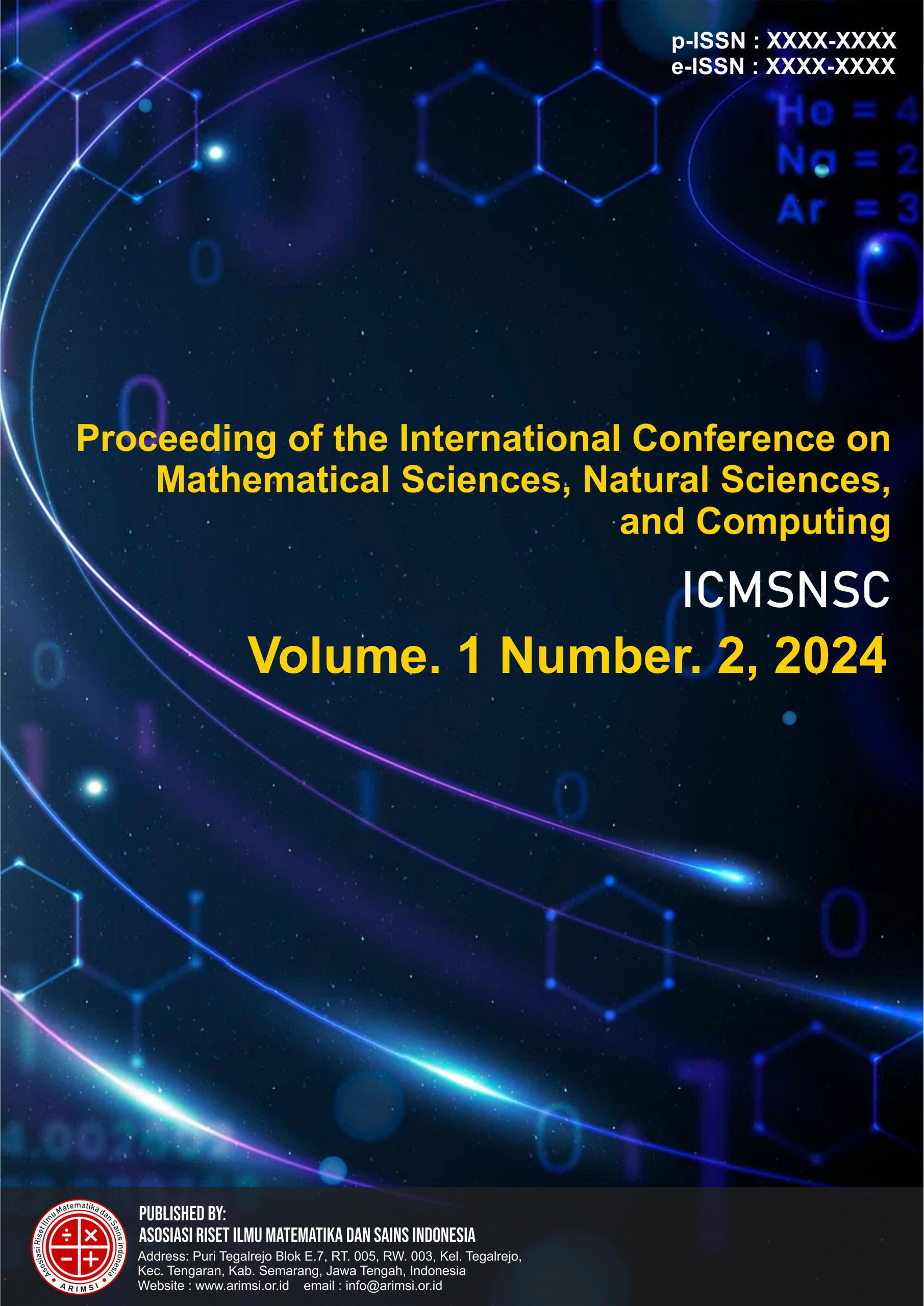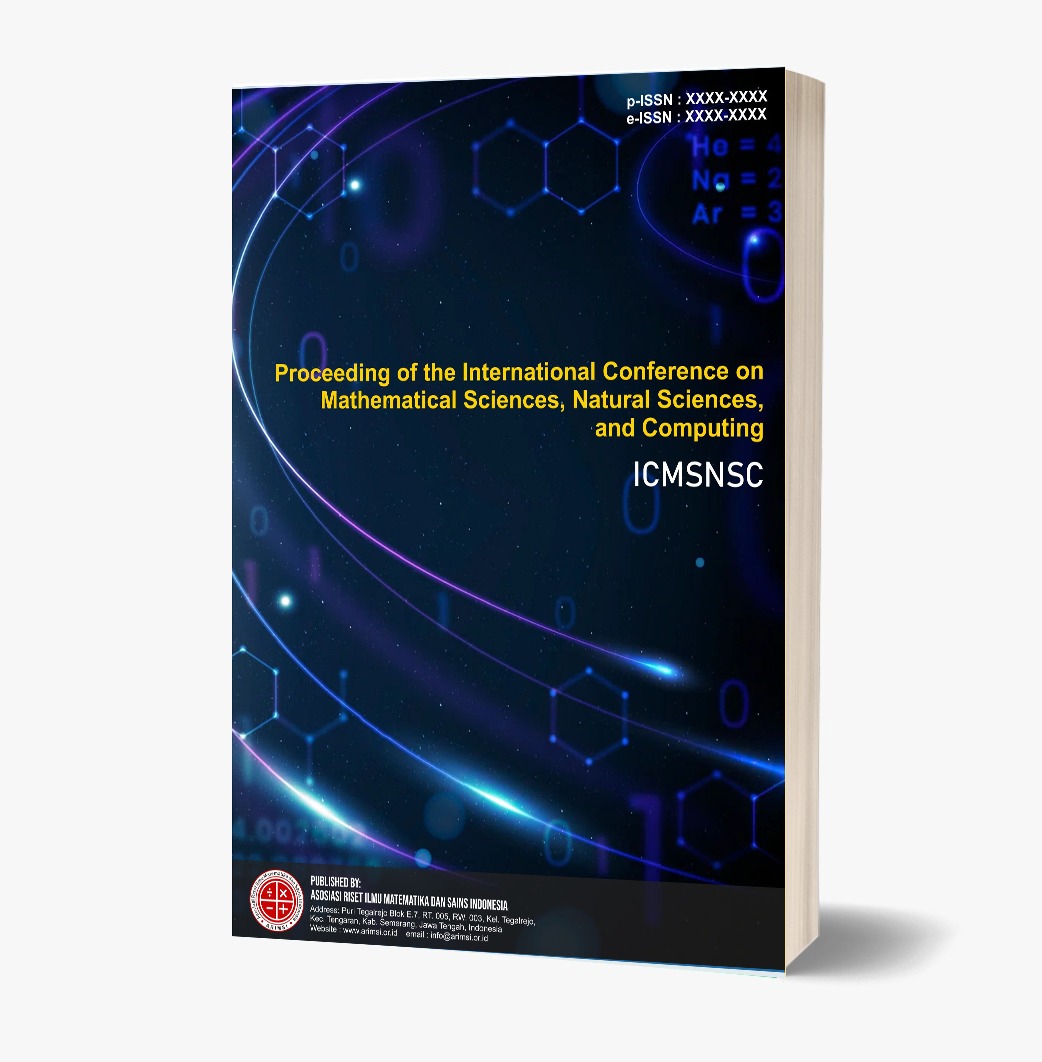DEVELOPMENT OF BATIK ORNAMENTAL MOTIFS THROUGH THE LEGEND OF RAWAPENING LAKE
Keywords:
Development of batik motifs, Legend of Rawapening Lake, Contemporary batik designAbstract
: This research aims to develop batik ornamental motifs inspired by the legend of Rawapening Lake, a folklore from Central Java. Through a qualitative-descriptive approach, this research identifies key elements of the legend that can be applied in batik motif design. Data were collected through in-depth interviews with batik artisans and cultural experts as well as related literature studies. The results show that ornamental motifs developed from the elements of the legend of Lake Rawapening not only enrich the variety of batik motifs, but also have the potential to enhance local cultural appreciation and the creative economy in the area.
References
Hidayat, Agus, 2020, Art and Identity: Batik in Socio-Cultural Perspective, Bandung, Alfabeta. 98- 115
Koentjaraningrat, 2009, Introduction to Anthropology, Rineka Cipta, 87-90
Kurniawan, Budi. 2020. Batik Transformation in the Era of Modernization. Semarang, Diponegoro University Press. 110-130
Mulyani, Siti. 2018. Batik Aesthetics: Philosophical Value and Local Wisdom, Malang. UMM Press. 65- 85
Putri, Amalia. 2019. Creativity in Contemporary Batik Design. Denpasar. Udayana University Press. 55-70
Sartono, R. 2021. Batik: Indonesia's Intangible Cultural Heritage. Surakarta. UNS Press. 75-90
Susanto, Yuli, 2021, Dynamics of Batik Nusantara: From Tradition to Contemporary, Yogyakarta, Gadjah Mada University Press. 65-80
Tjokrosuharto, R. Soedarmadji, 1991, The Influence of Age and Environment, Djambatan Publisher, 45-55
Wardani, Dewi, 2019, Batik and Javanese Culture: An Anthropological Perspective, Jakarta. Sinar Harapan Library. 45-60
Wibisono, Ari. 2021. Coastal Batik: Decorative Variety and Symbolic Meaning. Pekalongan. Pekalongan University Press. 78-95






